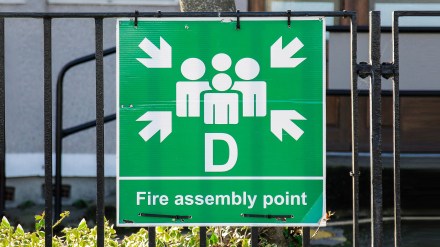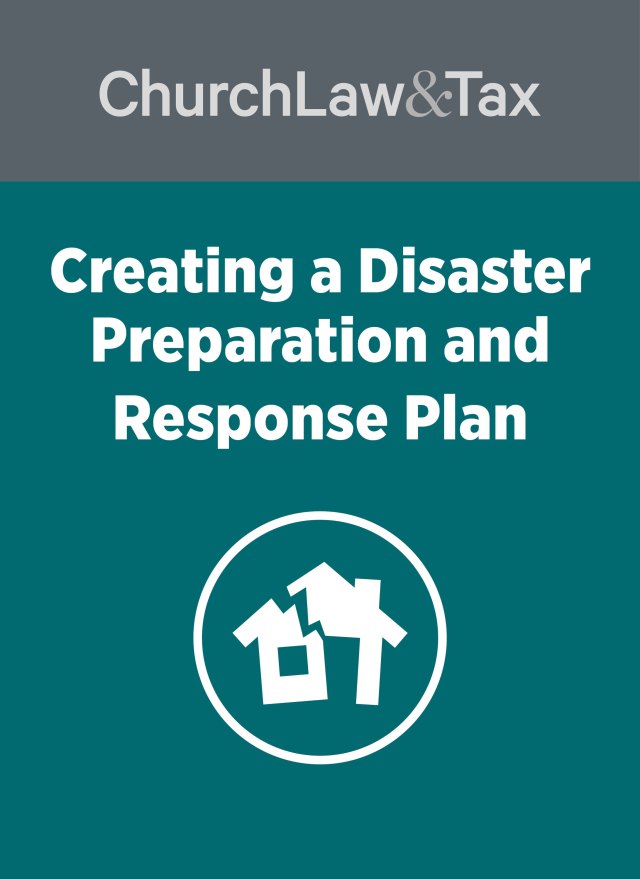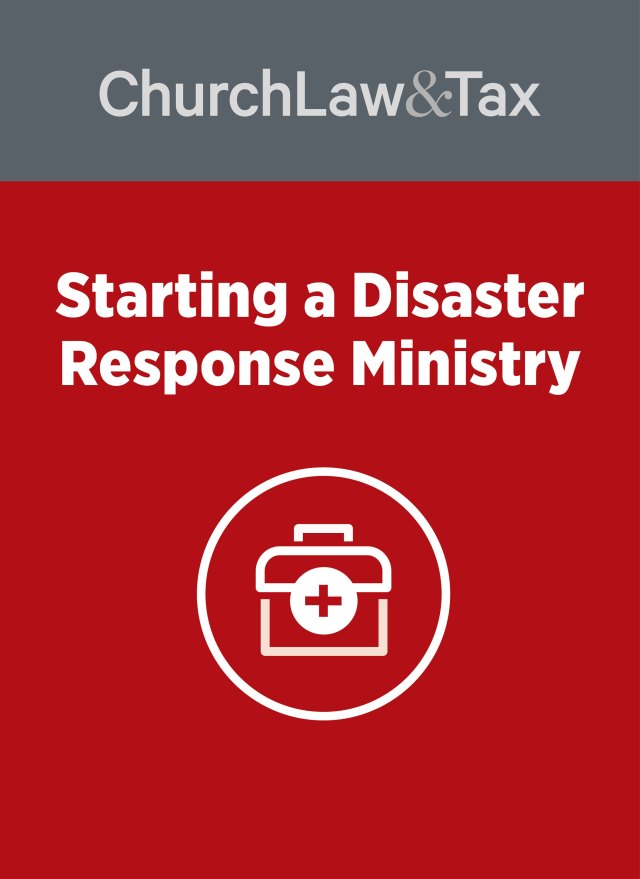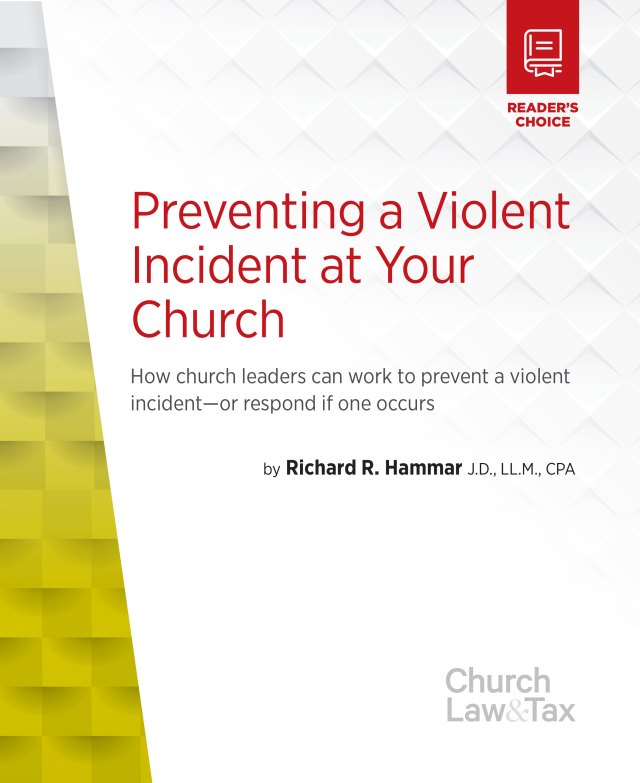Several years ago, I saw firsthand how important it is for church leaders to be ready to communicate in a crisis.
I was visiting a church when a bad storm with strong winds knocked out the power during the service. At first, the pastor tried to awkwardly keep preaching as the generator struggled to start.
After a few minutes, he quickly ended his message and walked off the stage. Another pastor, obviously caught off guard, walked up and abruptly ended the service.
No one addressed the blackout, and no one provided instructions on what to do next. Some people were scared and started to panic. Others hopped into their cars and drove off, only to return moments later because of the dangerous weather outside. Those who did manage to keep driving eventually returned as well, because of a downed tree in the road.
It’s a small miracle no one got hurt.
No matter how much time you spend planning and perfecting your church’s disaster response plan, that plan won’t do you much good if you can’t communicate it to your church during the crisis.
Crisis communication is essential
Crisis communication is an essential element of disaster ministry, one that requires planning and training so you’re ready to go when crisis hits.
To begin creating an effective crisis communication plan for your church, your leadership team will need to walk through the following questions.
Who will be the point person?
Identify who will take ownership of the crisis communication plan and be the “face” that people know they can look to for information when a disaster hits.
You will also want to identify a few back-ups—when disaster strikes, it’s likely that members of your own congregation will be impacted as well.
There’s no way to predict who that will be, so it’s important to identify and train at least a few people in case one or more of the appointed leaders are themselves impacted by the event and unable to fulfill their duties.
Who will need to be contacted?
You will need to gather contact information for not just your leaders and congregation, but also local emergency services (if you don’t already have that information on file).
Doing your research now will save you valuable time and energy so that when disaster strikes, you are ready to point people to the services they need.
These services include local emergency management, shelters, food banks, the American Red Cross, your local Community Emergency Response Team (CERT), and local Voluntary Organizations Active in Disaster (VOAD).
Identify the vulnerable members of your congregation, too. These are the people who have distinctive needs or will require extra help in the case of an emergency: e.g., the elderly, children, people with serious or chronic medical conditions, differently abled people, single parents with small children, immigrants and refugees.
These are the people you want to be sure are contacted in the case of an event.
Keep secure electronic copies of your congregation members’ information. You might also consider a secure cloud storage system; if you evacuate to a location with internet access, or another church leader has access outside of the emergency zone, the information can be accessed remotely. If you rely on digital copies alone, however, you could end up stuck if power or internet service goes down. Store physical copies somewhere secure and safe from potential damage.
Update these lists on a regular basis, and make sure multiple people know where the information is located and how to access it—but also make sure that confidential information is protected and can only be accessed by authorized users.
What will be communicated?
You can’t know exactly what disaster or crisis you’re going to face, but you can prepare messages ahead of time that can be adapted for possible scenarios.
When disaster hits, it will be much more difficult to think clearly and comprehensively about what people need to know.
By preparing basic information now, you can add relevant specifics when the time comes and get important information to your people much more quickly than if you have to start from scratch.
Here are a few basic guidelines as you script different types of messages:
- Craft these messages around the information developed during the risk assessment process, which is ideally your first step into disaster preparedness.
- Share what you do or don’t know at the time of the communication.
- Provide information about the seriousness of a potential threat or damage.
- Stick to the facts. Don’t be tempted to share hearsay, rumors, or what you cannot verify.
- Include information about possible resources for assistance.
- Discuss when and where services will or won’t take place because of the crisis.
- Share what the church leadership and congregation is doing to address the crisis.
- Note how and when church leadership will remain in communication.
How will people be contacted?
There’s no need to reinvent the wheel on this one. Think about the ways your church already communicates effectively, and pivot those systems to deliver crisis information.
How do you communicate with your church today? Plan to use those systems that are already in place (e.g., mass texts or calls, mass emails, social media, website, cloud documents). People already know to look there for information and will do so instinctively.
However, you also need to plan for what you will do if technology goes down. Often during extreme weather events, cell phone towers go out or get overloaded. You may not have access to your email accounts or website.
How will we prepare people now?
The church leadership team should prepare their own personal individual and family communication plan and how they will communicate with one another in the midst of a crisis. Not only will this improve your church leadership’s crisis communication capabilities, but it also models the importance of crisis communication planning to others.
Lastly, be sure to encourage your church attendees to also develop their own emergency communication plans (Ready.gov is a great resource you can point them to).
Once you have answered all these questions as a leadership team, it’s time to communicate your strategy to your congregation so they know what to expect if an event occurs.





